What Is Junk Blindness? 5 Mistakes Professional Organizers Say You Could Be Making and What to Do to Fix It
It's time to learn how you can identify this bad habit in your home and address the situation at hand ASAP, with this expert advice


Junk blindness is when people become so accustomed to visual clutter in their environment that they stop noticing it. Over time, piles of paperwork, disorganized drawers, or cluttered desktops blend into the background, making the mess feel "normal" while subtly affecting productivity and mental clarity.
Junk blindness doesn’t happen overnight. Instead, it’s a gradual process. An item that once served a purpose might now be obsolete, untouched, or unnoticed. Over time, we become desensitized to it being there.
But here’s the good news: just like trying to organize a room with too much stuff, steps can be taken. By recognizing it and taking active steps to address it, you can reclaim your space, reduce clutter, and create a more functional and inviting home.
1. Overflowing Kitchen Drawers

A typical sign of junk blindness is drawers filled with mismatched utensils, takeout menus, and broken can openers. Despite opening these junk drawers daily, you may never think twice or stop to observe the sheer number of redundant or unusable items inside.
To fix this you can "Start with a simple declutter session," according to Courtney Finley, CEO of Organized Designs LLC. "Pull everything out, group similar items, and ask yourself: 'Do I actually use this?' Donate duplicates and toss broken or irrelevant items. Invest in kitchen organizers to ensure only useful tools make it back into the drawer."
2. Clothing You Don’t Wear
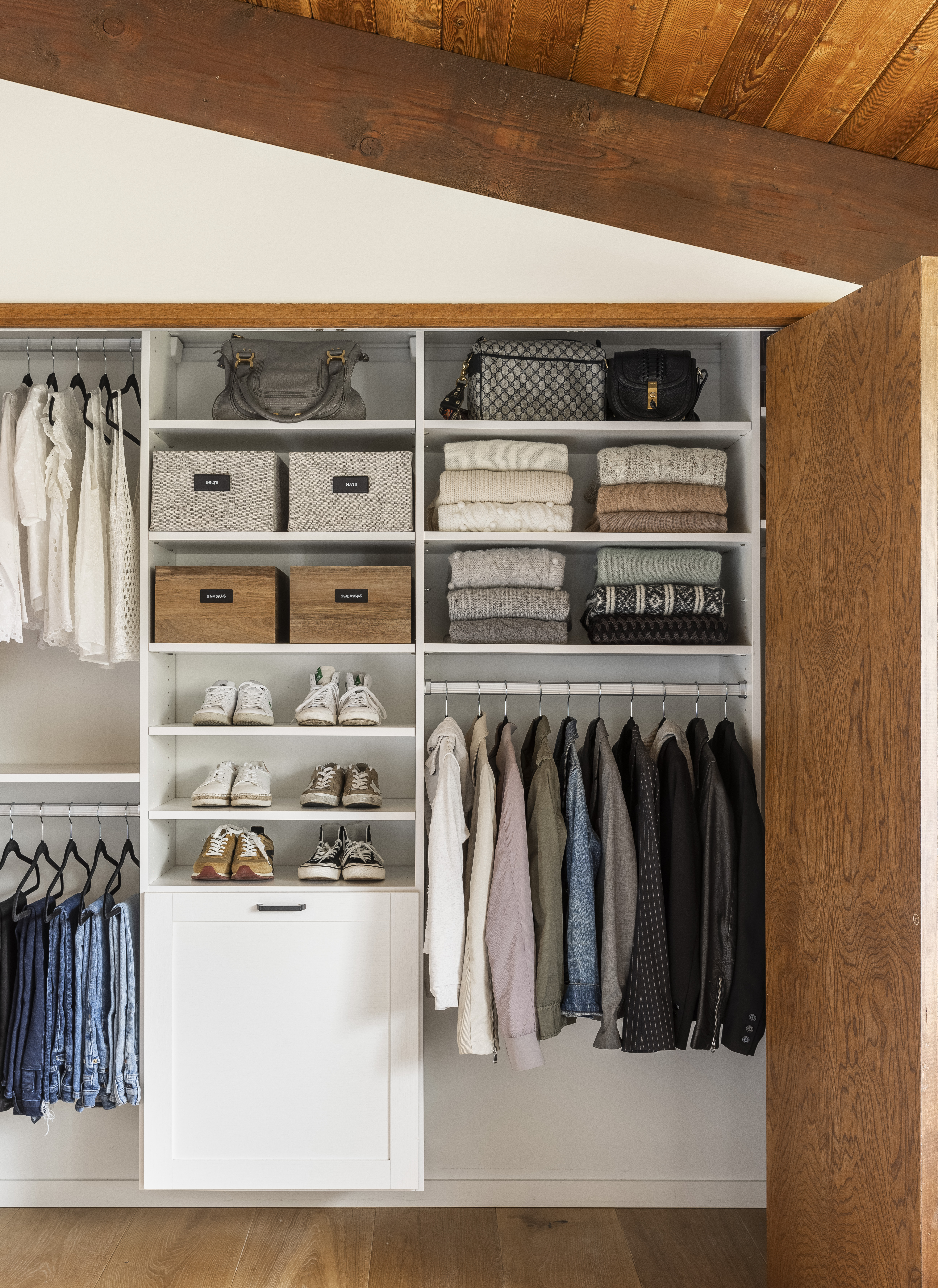
One common sign of junk blindness occurs in the closet. People often stick to their favorite go-to pieces when putting together an outfit or excuse themselves with a shopping trip if they become tired of their clothing options.
"If you really want to see how much of your wardrobe isn't worn, try the hanger trick," says Courtney. "Turn all your hangers backward at the start of a season. As you wear items, turn the hangers forward. At the end of the season, anything still on a backward hanger is a candidate for donation or recycling."
That is why it is essential to learn how to declutter a closet properly. This will help you create a seamless, easy-to-access closet space.
3. Decor That’s Lost Its Charm

There are a few things to let go of when organizing your space. Picture frames with outdated photos, faded wall art, or random knick-knacks from a lifetime ago all contribute to junk blindness. If these pieces no longer match your decor or hold sentimental value, maybe it’s time to go through them all and reevaluate their importance.
Lauren Saltman, Professional Organizer and Owner of Living. Simplified. LLC recommends that you take a critical walk through your home and examine each piece of decor. "If it doesn’t spark joy or serve a purpose, consider refreshing it with updated photos, modern art, or a new arrangement that breathes life into your space."
4. Abandoned Electronics

We are all guilty of the "out of sight, out of mind" mentality when it comes to cables and electronics. Old phones, tangled chargers, and outdated gaming consoles slowly build up over time, cluttering up your home, and we ignore them, always convincing ourselves they’ll be needed one day. The issue is that these tech relics serve no purpose yet occupy prime real estate in your home.
"Recycle responsibly by taking unused electronics to e-waste centers," suggests Lauren. "For items that still work, consider donating them to someone who might need them." For anything you genuinely want to keep, designate a single drawer or container from Amazon for essentials to keep things streamlined.
5. Garage or Storage Unit Overflow

Boxes of items you haven’t opened since your last move, tools you never use, or childhood memorabilia you’re unsure how to handle build up over time and need to be stored. Understandably, you wouldn’t want these in the main house, so your garage becomes the go-to dumping ground.
Schedule time for a storage overhaul. Use the "four-box method": keep, donate, toss, or relocate. Be honest about what you truly value and make decisions with the goal of reducing excess. For memorabilia, consider digitizing photos or creating a designated keepsake box such as this Emme Square Handwoven Natural Rattan Storage Basket from CB2 or this Braided Seagrass Folio Bin from Target.
FAQs
What is home blindness?
In short, "home blindness" is a term used to describe someone who no longer sees or notices the flaws or strengths in their homes and becomes numb to it.
It derives from the Swedish word hemmablind which translates roughly to "home blindness."
Junk blindness might be a challenge many of us are guilty of, but it’s also an opportunity. By becoming more aware of the unnoticed clutter in your home, you can transform your space into one that feels lighter, more functional, and more aligned with your lifestyle.
Tackling junk blindness isn’t just about getting rid of stuff; it’s about making room for what truly matters — whether that’s cherished memories, peaceful surroundings, or simply more breathing room.
Get Organized With These Smart Reads
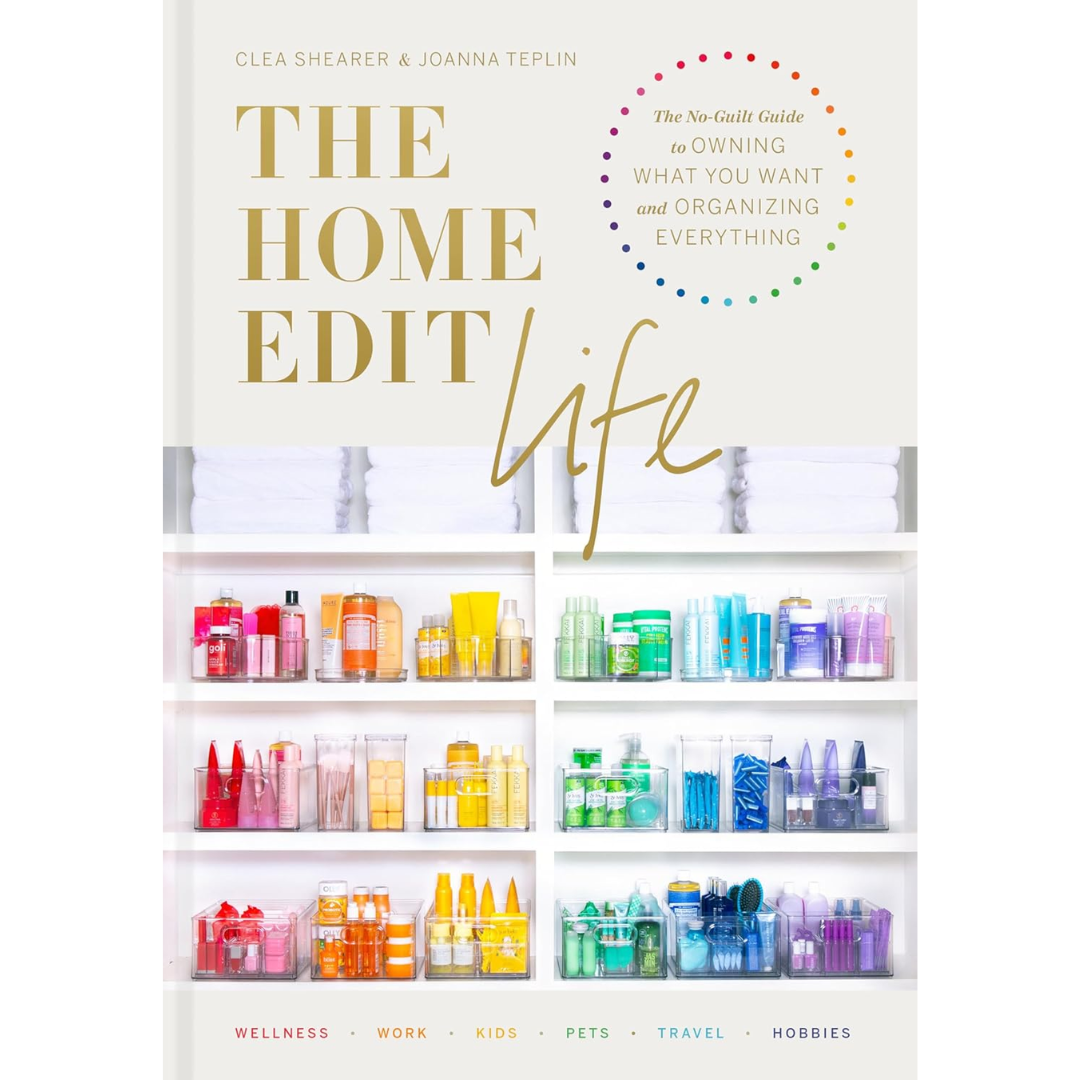
Price: $12.98
Was: $28.50
Type: Hardcover
As noted on Amazon: "The authors of The Home Edit and stars of the Netflix series Get Organized with The Home Edit teach you how to apply their genius, holistic approach to your work life, on-the-go necessities, and technology."
Be The First To Know
The Livingetc newsletters are your inside source for what’s shaping interiors now - and what’s next. Discover trend forecasts, smart style ideas, and curated shopping inspiration that brings design to life. Subscribe today and stay ahead of the curve.

Seraphina is a contributing editor at Livingetc, writing Advice features on design, renovation and organisation. Seraphina is a qualified Interior Designer from KLC School of Design having worked at London-based interior design agencies Anouska Hempel and ND Studios. Seraphina has also completed her MA degree in Magazine Journalism at City, University of London, with previous experience including writing for Homes & Gardens, Women's Health, Food & Travel and Fabulous Magazine.
-
 Jeremiah Brent Captures the Grit and Glamour of NYC in His New Loloi Collaboration
Jeremiah Brent Captures the Grit and Glamour of NYC in His New Loloi CollaborationThe TV-famous interior designer looked out of his own window — and hit the pavement — for a collection that turns city spirit into tactile design
By Julia Demer
-
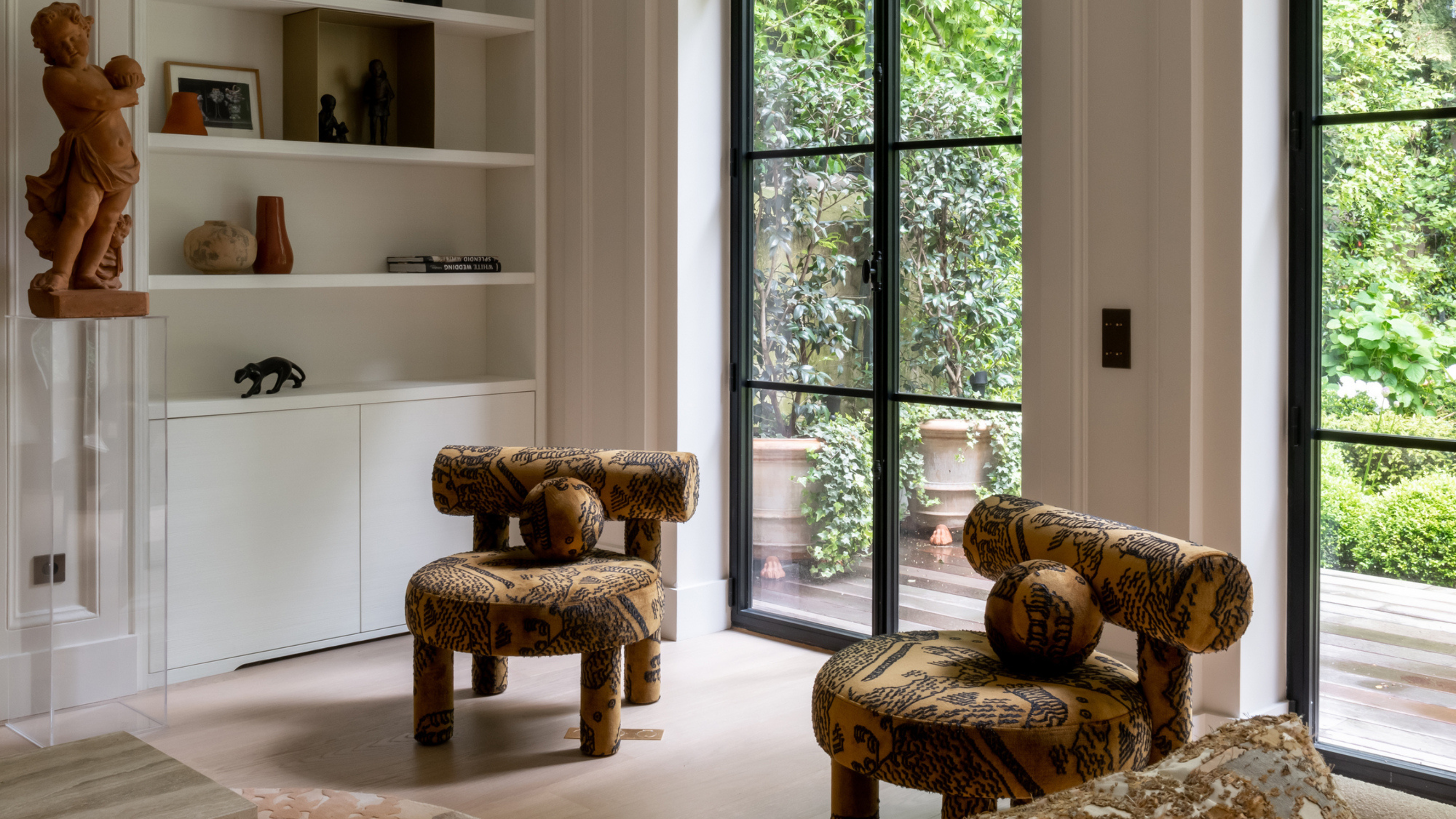 This Specific Fabric Print Is Literally Everywhere Right Now — Here's Why
This Specific Fabric Print Is Literally Everywhere Right Now — Here's WhyIt's whimsical, artistic, and full of character. We've called it already: Dedar's 'Tiger Mountain' is the fabric that will define 2025
By Devin Toolen
-
 These Are the Dos and Don'ts of Bamboo Plant Placement — Follow This to Avoid Bad Feng Shui
These Are the Dos and Don'ts of Bamboo Plant Placement — Follow This to Avoid Bad Feng ShuiBy following the experts' guidance on where to place this houseplant you can usher luck, wealth, and prosperity into your home
By Lilith Hudson
-
 Is It Okay to Have a Mirror Facing a Door in Feng Shui? The Verdict Is In and It Just Might Surprise You
Is It Okay to Have a Mirror Facing a Door in Feng Shui? The Verdict Is In and It Just Might Surprise YouDecorating your home with mirrors calls for intention if you're dressing your space in accordance with Feng Shui. Here's what you should know.
By Amiya Baratan
-
 4 Things to Unpack as Soon as You Move House — For a Comfortable and Organized Fresh Start
4 Things to Unpack as Soon as You Move House — For a Comfortable and Organized Fresh StartIf you have a major move in the works and you're looking to prepare in advance, this is the starter kit you need to properly set up your new home.
By Amiya Baratan
-
 10 Decluttering Challenges to Have on Your Radar This Year — For a Tidier, More Mindful Home
10 Decluttering Challenges to Have on Your Radar This Year — For a Tidier, More Mindful HomeIf you're interested in transforming your home for the better, here are 10 decluttering challenges I recommend for a professionally tidy space.
By Amiya Baratan
-
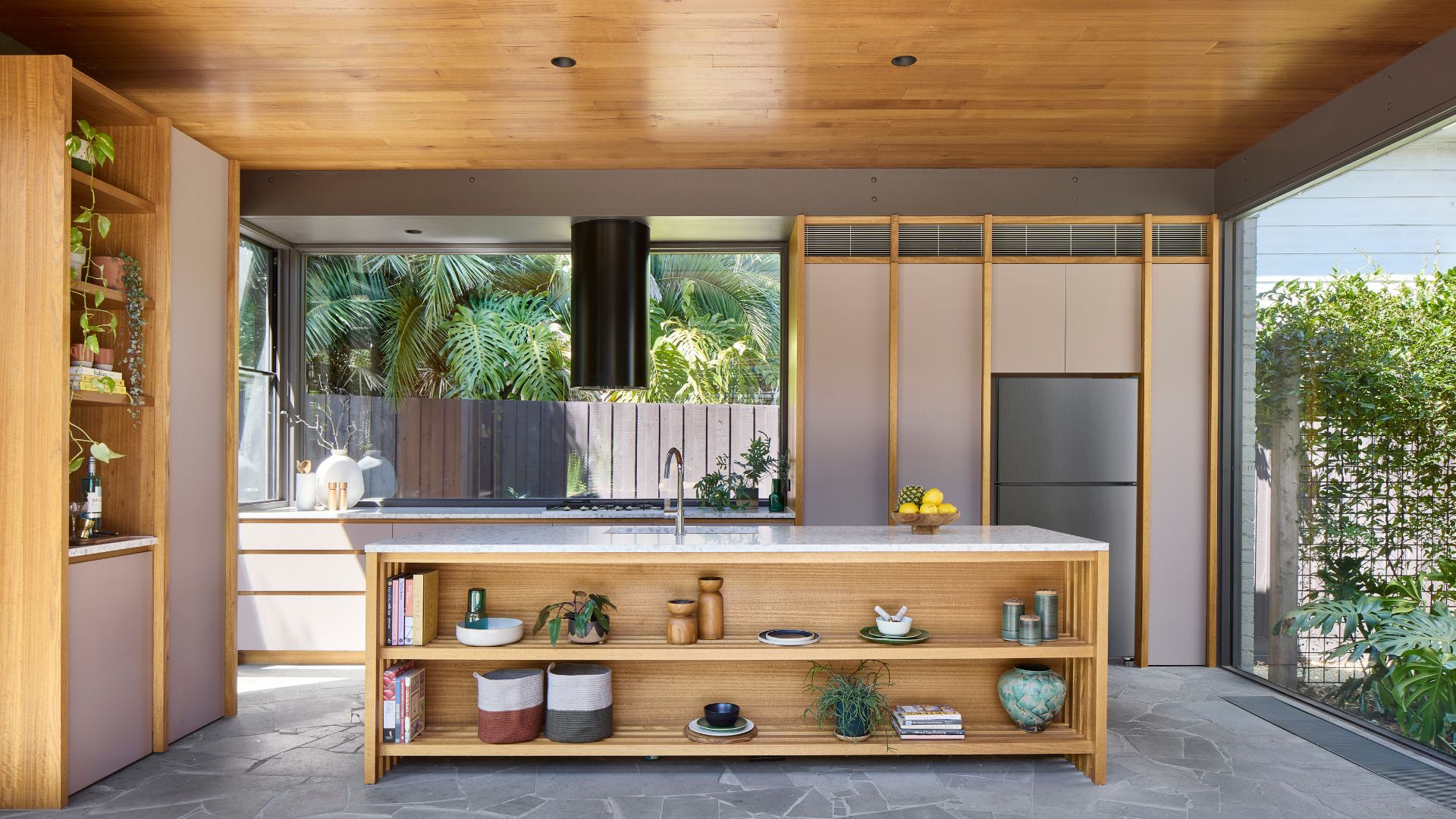 Biophilic Decluttering — What to Take Out of Your Home (and What to Put in) for a More Natural Home
Biophilic Decluttering — What to Take Out of Your Home (and What to Put in) for a More Natural HomeTry your hand at biophilic decluttering to ground your interiors, connect to the environment, and cure chronic clutter in one go. Here's how.
By Amiya Baratan
-
 The 10 Different Types of Kitchen Taps — And the Pros and Cons of Each One to Know Before You Pick
The 10 Different Types of Kitchen Taps — And the Pros and Cons of Each One to Know Before You PickFrom sleek pull-outs to vintage bridge taps, explore 10 kitchen tap styles that mix function, flair, and a splash of cool
By Linda Clayton
-
 How Much Does an Extension Cost in 2025? Renovation and Design Experts Break Down Your Budget
How Much Does an Extension Cost in 2025? Renovation and Design Experts Break Down Your BudgetExplore how much different types of extensions cost in 2025 to budget for your project accurately
By Amy Reeves
-
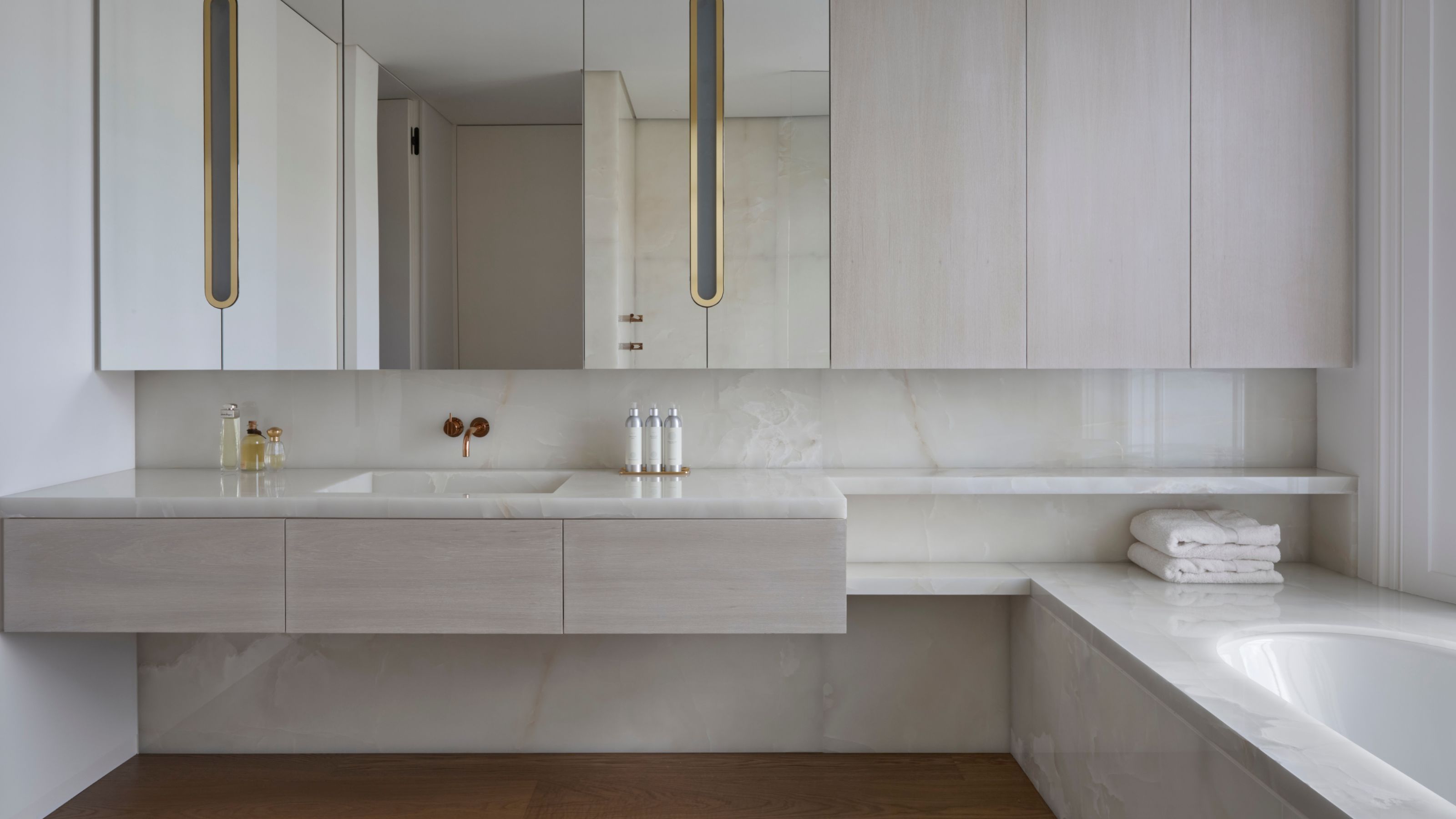 9 Bathroom Storage Mistakes You're Probably Making That Make Using This Space Much Harder — And What to Do Instead
9 Bathroom Storage Mistakes You're Probably Making That Make Using This Space Much Harder — And What to Do InsteadDiscover which mistakes are to blame for your overcrowded and cluttered bathroom
By Seraphina Kyprios

